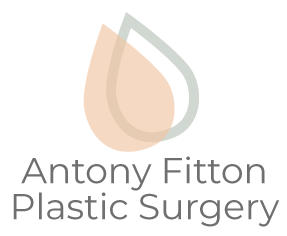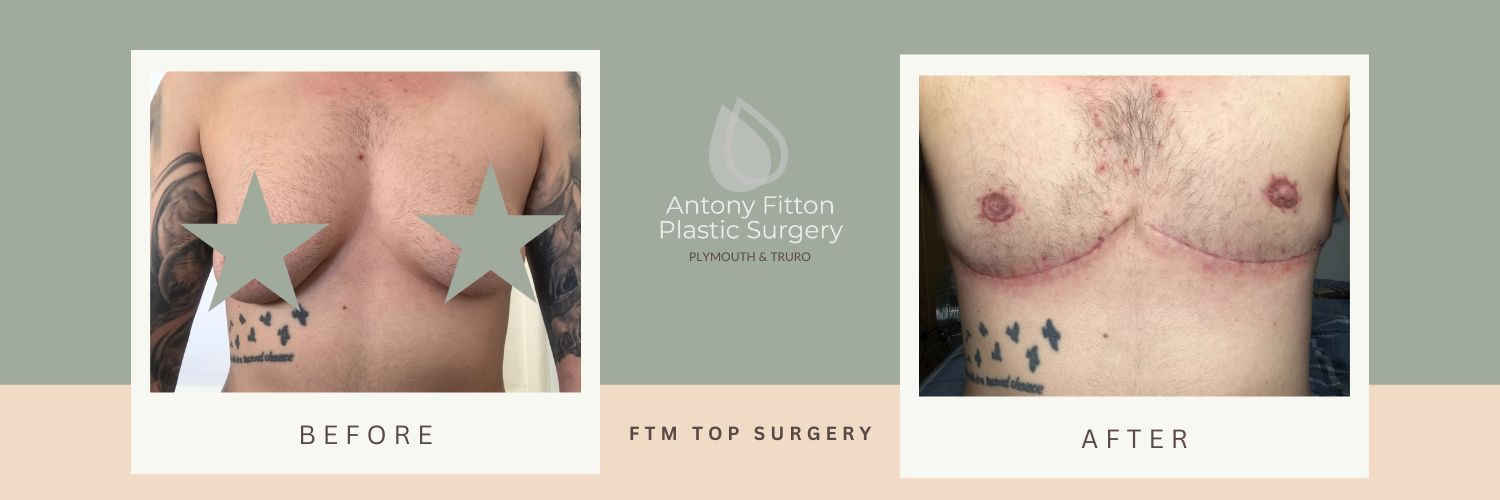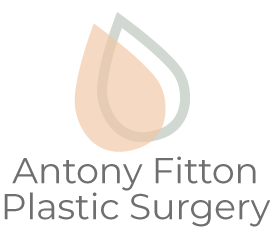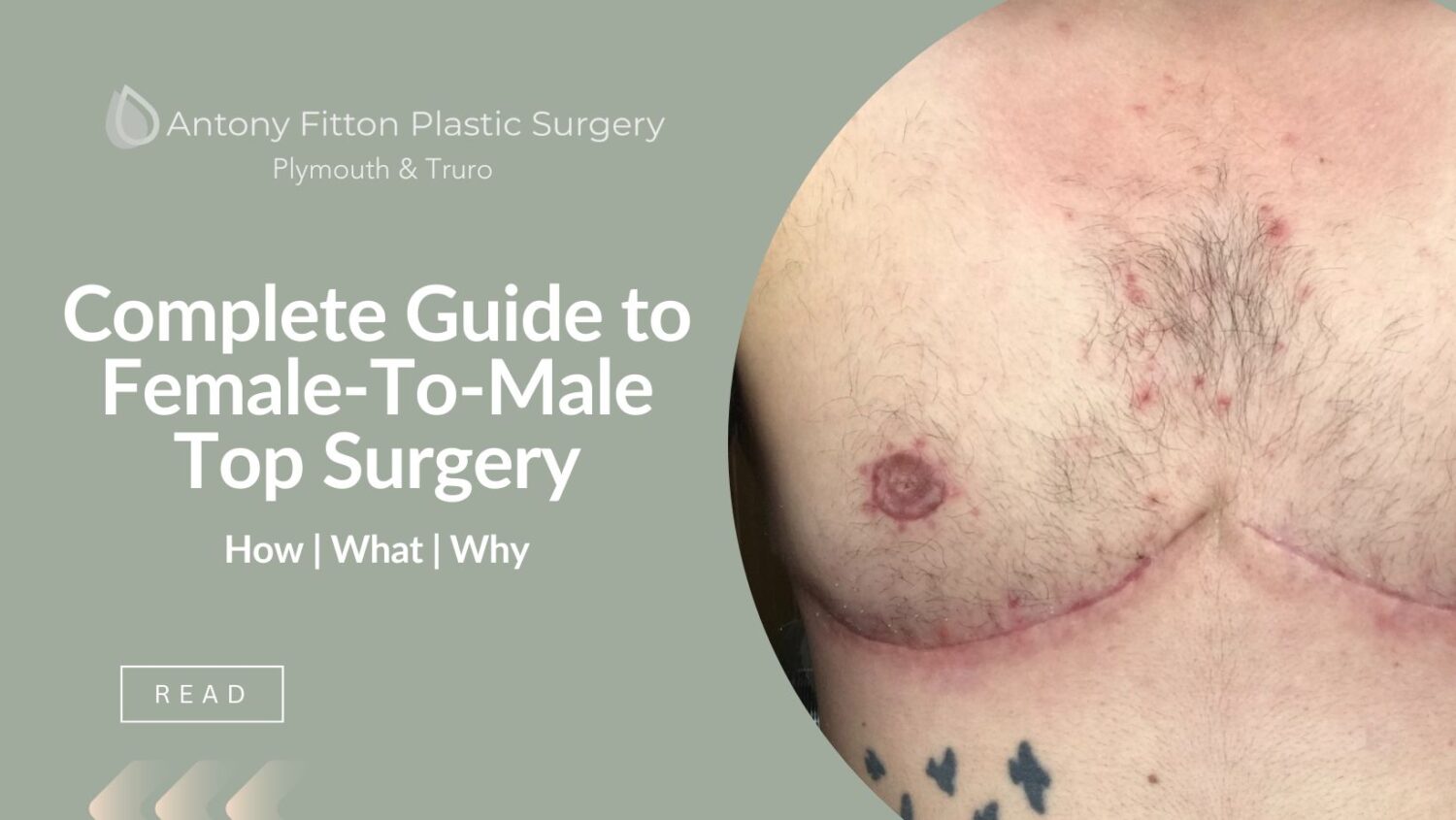
Complete Guide to FTM Top Surgery
Female-to-Male (FTM) top surgery is a procedure to create a more masculine-looking chest in transgender men. The procedure involves removing excess fat and skin and repositioning the nipples to create a natural-looking flat chest. FTM top surgery may help relieve gender dysphoria and prevent complications related to chest binding.
FTM (Female-to-Male) top surgery is a significant step in the gender-affirming process for many transgender individuals. This surgery involves the removal of breast tissue to create a more masculine chest contour.
Below is a comprehensive guide to FTM top surgery, covering various aspects of the procedure, preparation, recovery, and post-operative care:
1. Understanding FTM Top Surgery
Types of FTM Top Surgery:
- The technique used depends on the size and shape of the breast, the position and size of the nipple and the quality of the skin.
- Double Incision with Nipple Grafts: Removes excess skin and breast tissue with nipple grafts. It is the most common method used and results in a curved or linear scar across the lower chest. This is the most common option and involves:
- Remove your nipples and areolas and decrease their size.
- Make long incisions to access and remove your breasts.
- Performing liposuction to remove excess fat.
- Removing excess skin, if necessary.
- Prevent skin puckering (dog ears) near the incision with special stitches.
- Reattach the optimized nipples and areolas to your chest.
- Peri-Areolar or Keyhole: This procedure produces minimal scarring and is suitable for smaller chests with less excess skin.
- Make one circular incision around the border of your areola.
- Make a larger circular incision around the first one.
- Remove breast tissue and perform liposuction.
- Resize and reattach the areola by bringing together the edges of the larger incision
- Buttonhole/Inverted-T: Combines aspects of both double incision and peri-areolar techniques.
- Each technique requires a general anaesthetic and at least one overnight stay.
2. Choosing a Surgeon:
Research:
- Look for experienced surgeons specialising in transgender procedures. The ideal choice is a board-certified (BAAPS / BAPRAS) plastic and reconstructive surgeon who specialises in transgender procedures. Going to an experienced provider (like Mr Fitton) gives you the best chance of successful surgery.
- Read reviews and testimonials.
- Examine before-and-after photos of their previous work.
Consultation:
- Schedule consultations with potential surgeons.
- Discuss your goals, expectations, and any concerns.
- It is very important that you have a realistic attitude of what female-to-male chest reconstruction surgery can achieve, and to be prepared to accept varying degrees of scarring, loss of sensation (especially in your nipples) and irregularity or asymmetry.
- Enquire about the surgeon’s experience with FTM top surgery.
- Removal of breast tissue does not eliminate the risk of breast cancer developing in the area. If you are at risk for inherited breast cancer, be sure to inform Mr Fitton.
3. Preparation:
Medical Assessment:
- Undergo a comprehensive medical evaluation to ensure you are a suitable candidate for surgery.
- Before surgery, a healthcare provider will evaluate your health to address any medical conditions that might prevent you from having surgery or that could affect the procedure.
- Discuss any pre-existing health conditions with Mr Fiitton.
- If necessary, lose weight as a high BMI increases the risks during surgery.
Hormone Therapy:
- Some surgeons may require hormone therapy before surgery to optimise your results.
Smoking:
- Smoking can impair healing. Mr Fitton will recommend stopping well in advance of the procedure.
4. Surgery Day:
Anesthesia:
- FTM top surgery is typically performed under general anaesthesia.
The Procedure:
- The chosen surgical technique determines the steps involved. Mr Fitton will discuss the best procedure with you at your consultation.
- Double incision involves removing breast tissue and excess skin and repositioning the nipples.
- Peri-areolar involves smaller incisions around the areola.
- Drains, soft tubes connected to a vacuum bottle, are inserted to reduce the risk of a collection of blood in the operative site.
- The wounds are closed with soluble sutures reinforced with steri-strips, (paper sutures). Further dressings, of a very simple nature, are then applied.
- The drains are generally removed the following morning.
- The dressings remain intact for two weeks.
- If free nipple grafts are used they are held in position with a foam dressing which is sutured in place.
- A degree of swelling is to be expected along with bruising. This will gradually resolve over the next few weeks.
Duration:
- Surgery time varies but usually takes between 90 and 120 minutes.
5. Recovery:
Hospital Stay:
- An overnight stay in the hospital will be required whichever technique is performed.
Pain Management:
- Medication will be prescribed for pain management.
- You may experience some discomfort for a few days after surgery, but generally after four to five days your pain will ease and can be managed with over-the-counter acetaminophen and ibuprofen.
Activity Restrictions:
- Follow post-operative guidelines for strenuous activities.
- It is imperative not to take to your bed or sit for prolonged periods.
- Deep vein thrombosis, subsequent pulmonary embolus, and its implications are more common in those patients who do not mobilise.
- Drinking regular volumes of water is also beneficial.
Compression Garments:
- Wear compression garments as instructed to reduce swelling and support healing.
Organise leave from work:
- A period of leave from work or education is necessary to ensure a proper healing process post-surgery.
- Depending on the complexity of the procedure and the nature of your work, plan for a leave of absence ranging from two to four weeks.
It is beneficial to wear a snug surgical binder for at least a fortnight following your FTM surgery to help reduce swelling and support the scars.
6. Post-Operative Care:
Surgical Binder:
- It is beneficial to wear a snug surgical binder for at least a fortnight following surgery. This helps reduce swelling and also supports the scars.
- You can either provide your own, new and not previously worn garment, or supply us with chest measurements so that we can order one for you.
- This binder is placed on your body in the operating room after surgery. It is very important to wear it at all times to prevent post-operative bleeding and fluid collection.
- We ask you to keep the dressing dry for the first 10 days however, you will be able to wash yourself by either sitting in a shallow bath of water or using a flannel.
Follow-Up Appointments:
- Attend all scheduled follow-up appointments with Mr Fitton.
- We will arrange to see you again in the out-patient department about 10 days after your surgery when your dressings will be removed and your wound checked.
Scar Care:
- Follow scar care instructions provided by your surgeon.
- You should not push, pull or lift anything greater than five pounds during these four weeks to ensure your scar will heal well and not stretch and become larger.
- For several weeks after surgery you should not lift your arms greater than 90 degrees away from your body or over your head.
Physical Therapy:
- Some individuals may benefit from physical therapy during recovery. Arm and shoulder physiotherapy is important and can be self-directed.
- Placing your hands on your head, reaching behind to the spine or over to the opposite shoulder with each arm will help to maintain the suppleness of the shoulder joint.
- Standing next to a wall and walking the hand up the wall is also beneficial.
- Activities such as swimming or extreme gym attendance should be stopped for a minimum of six weeks.
7. Emotional Support:
Counselling:
- The first week after surgery can be emotionally challenging for some patients, as they may be adjusting to their new body and dealing with feelings of discomfort or pain.
- Emotional support from friends, family, or a therapist it is very helpful during this time. Consider counselling or support groups to address the emotional aspects of the transition.
- Undergoing female-to-male surgery can be exciting, but it may also come with stress and anxiety. We’ve treated 100s of patients and do our best to make the process easy for you.
Patience:
- Understand that results take time, and emotional healing is a crucial part of the process.
8. Risks and Complications:
- Poor scarring
Ideally, scars settle down to be a thin white line however on occasions they can remain red and thickened. Rarely, keloid scars can form. These can prove troublesome to treat - Infection
Any surgical wound can become infected; antibiotics are administered at the beginning of the procedure to reduce this risk. - Bleeding
The breast is naturally a very vascular organ. Blood vessels are sealed during the operative procedure but, on occasions, one may open up soon after, (24 to 48 hours). The use of a drain helps reduce the risk of a haematoma, which is a collection of blood in an operative site that may require drainage. - Asymmetry
The scars on the left and right will not be exactly symmetric (no one’s body is). Any difference should be minimal and become less obvious as the scars mature and fade. - Free nipple graft failure
If the graft fails the resulting wound will be allowed to heal by secondary intention. Nipple tattooing is then possible. - Dog ears
Dog ears, (puckering), at the end of the mastectomy scar is possible, especially if the original breast is very large. Any puckering that does not settle down after a number of months may be revised under local anaesthetic. - Seroma
Occasionally fluid can collect at the site of your operation for some weeks after. The binder may help to prevent this but if you do notice more swelling you should make contact with Mr Fitton. Occasionally the fluid is drained off using a needle. The procedure is no worse than having a blood test Sometimes this has to be repeated a week or so later.
- Poor scarring
9. Life After FTM Top Surgery
Physical Activity:
- Gradually resume physical activities as advised by your surgeon.
Clothing Choices:
- Enjoy the freedom to wear clothing that aligns with your gender identity.
Mr Fitton sees patients in the Nuffield Hospital Plymouth or the Duchy Hospital Truro when treating female-to-male transitioning individuals.
Communicate openly with Mr Fitton
Remember that individual experiences with FTM top surgery may vary, and it’s essential to communicate openly with Mr Fitton throughout the entire process. This guide is a general overview, and specific recommendations may differ based on your unique circumstances and the chosen surgical approach.
At Antony Fitton Plastic Surgery we believe in the power of transformation. We understand that every individual’s journey is unique, and we aim to support you every step of the way. Trust us to guide you through this life-changing decision with the care, respect, and expertise you deserve.
Plastic Surgery Finance Options
Plastic surgery finance options vary depending on the clinic or facility you choose, but generally include payment plans and financing through third-party lenders.
These plans can allow you to pay for your procedure through manageable monthly payments rather than a lump sum upfront.
To make it easy, we’ve teamed up with Nuffield Health Plymouth and Duchy Hospital Cornwall so you can quickly and easily apply for a loan.
The price you are given at the time of consultation will include everything from the procedure itself, to the cost of your overnight stay and aftercare appointments.
It is important to thoroughly research and compare financing options to determine the most affordable and feasible method for you.
For a no obligation quote
For a no obligation quote, tailored specifically to you, please book in for your consultation with Mr Fitton. Your requirements will be discussed in full confidence in a friendly and relaxed atmosphere.
Following your consultation, the price you are quoted includes everything and there are no extra or hidden costs. Advice, treatment and aftercare are all part of our package to ensure your experience is positive from beginning to end.
Summary
Managing your expectations about plastic surgery is important regardless of which procedure you wish to have done. It’s critical to have realistic expectations about plastic surgery but to also ensure you are on the same page as your surgeon.
To find out more about having a treatment, book your no-obligation consultation. You will meet with Antony Fitton and receive expert advice tailored to your needs.
Please call us on 07494 250277 or book your consultation using our online form.
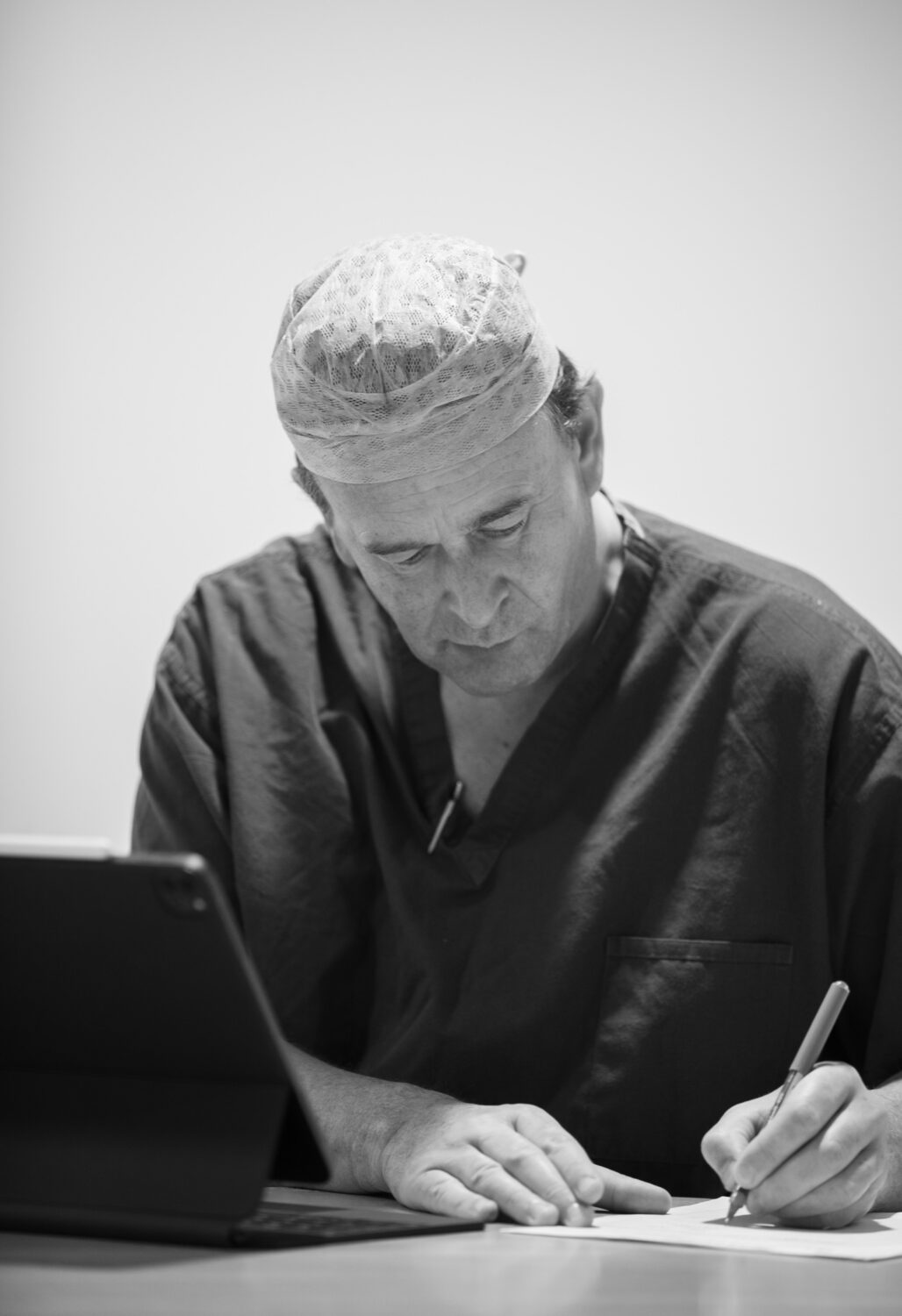
About your Plastic Surgeon: Mr Antony Fitton
MB, BS(hons)., MD., FRCS(eng)., FRCS(plast).
Mr Antony R Fitton qualified at the Royal London Hospital in 1989 with distinction in Surgery. He holds a MB, BS(hons)., MD., FRCS(eng). and FRCS(plast). (Fellowship at the Royal College of Surgeons).
He is a member of BAPRAS (British Association for Plastic, Reconstructive and Aesthetic Surgeons), BAAPS (British Association for Aesthetic Plastic Surgeons), BSSH (British Society for Surgery of the Hand).
Mr Fitton has received the Paton & Masser Award and the CM Matthews Award from the Royal College of Surgeons of England or his research in nerve injury.
Mr Fitton is licensed as Plastic and Reconstructive Surgeon by the GMC.
Life-changing result
"I just wanted to thank you (and your team) for the life-changing result of my top surgery. This will provide me with the freedom that I’m excited to enjoy, including being able to go swimming and actually staying cool in summer! All jokes aside, you have helped to mark a new chapter in my life, for which I am incredibly grateful… ALL the best."
Our appearance has an impact on how others perceive us. We are experts in creating an improved version of you. Click on a procedure below for more information.
Body surgery (or contouring) can involve all or one of the following, with prime focus on areas such as the buttocks, tummy, thighs, arms, and breasts. Click on the links below for more information.
There are several different types of hand surgery but all aim to restore functionality while making the hand look as normal as possible. Click on the links below for more information.

Should I Lose Weight Before a Tummy Tuck?
Discover if you should I lose weight before a tummy tuck and if it can enhance your surgery results
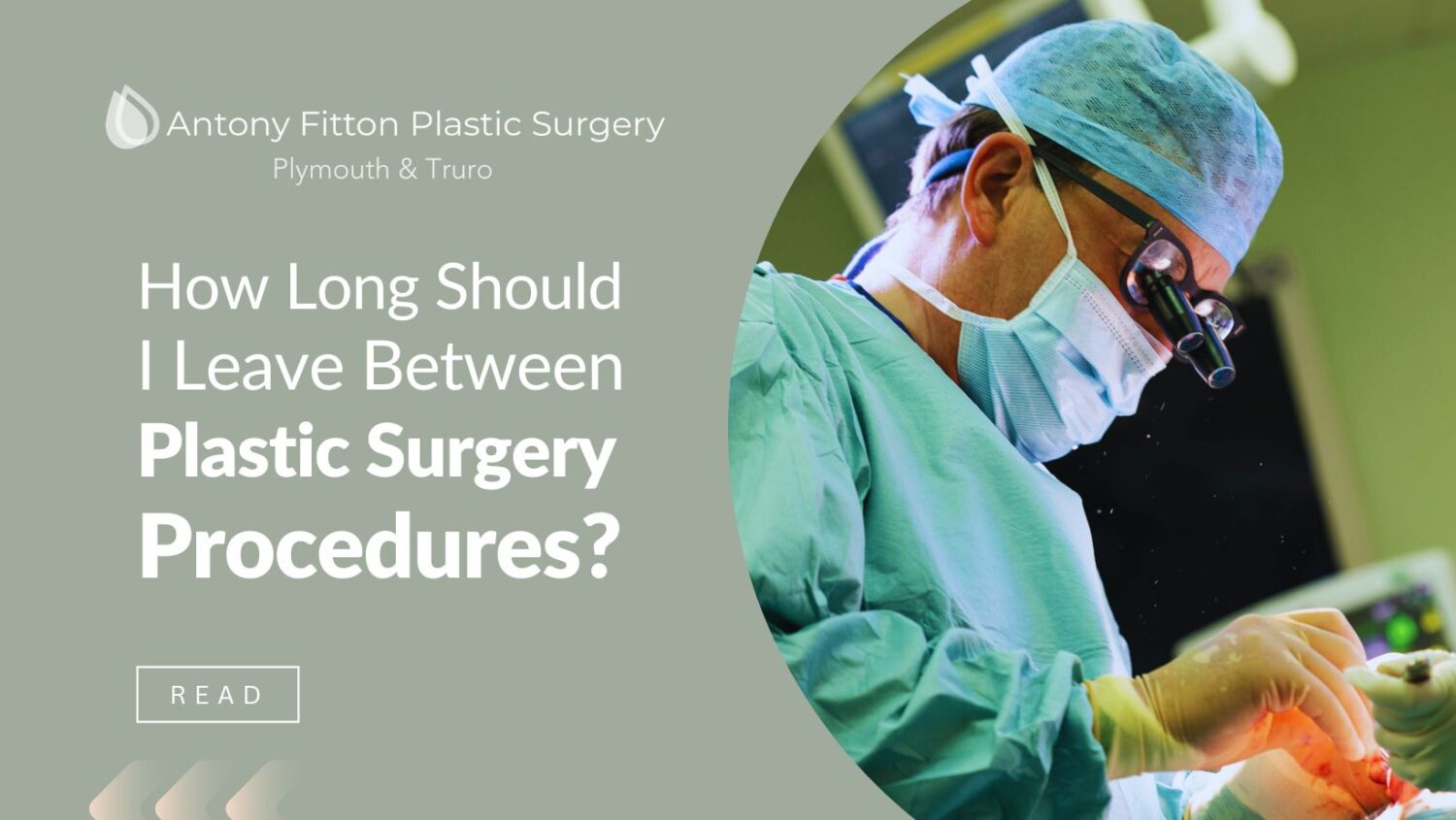
How Long Should I Leave Between Plastic Surgery Procedures?
Discover how long you should leave between plastic surgery procedures for optimal recovery and effec
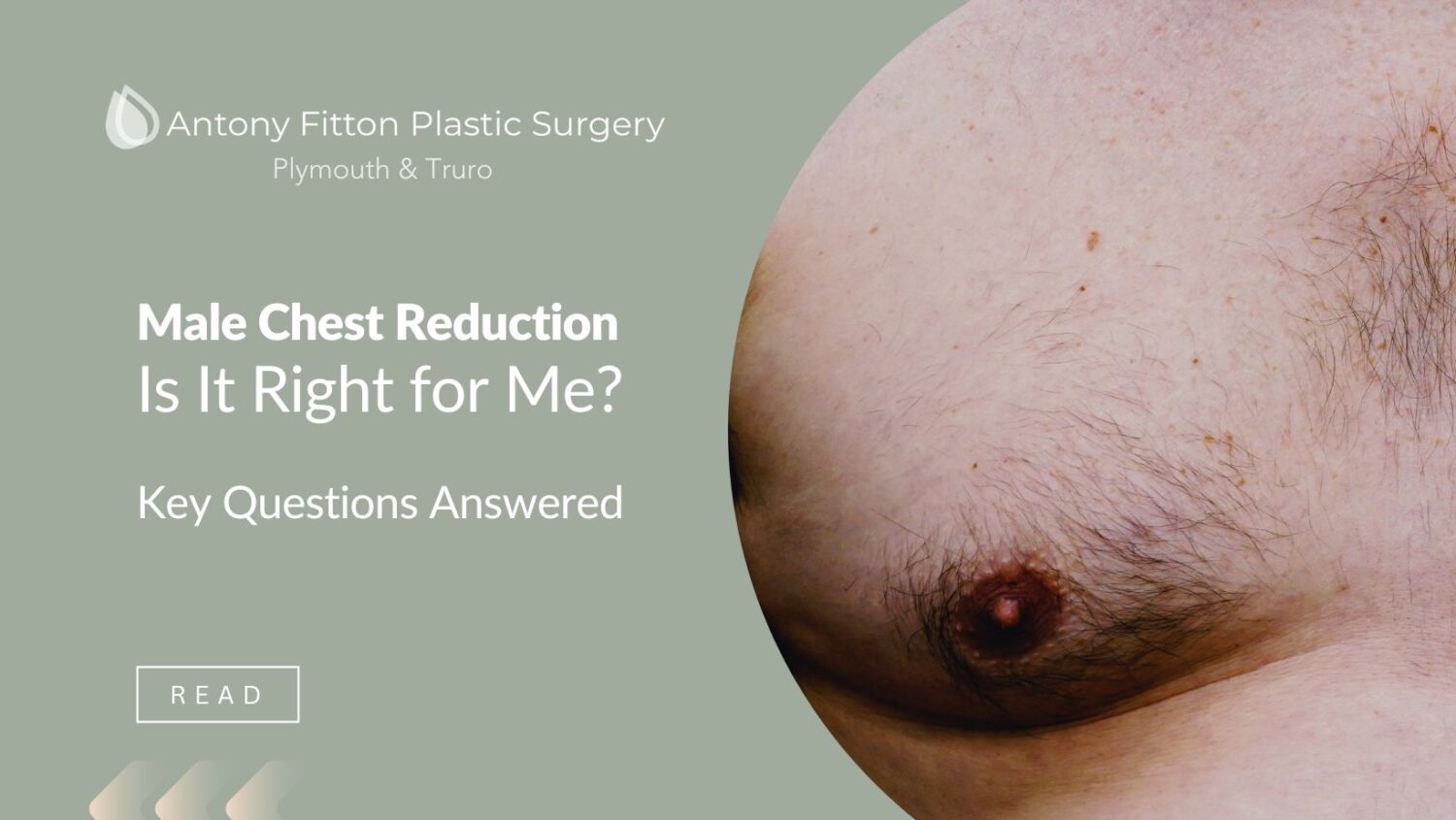
Is Male Chest Reduction Right for Me? Key Questions Answered
Is Male Chest Reduction Right for You? This blog answers crucial questions on gynecomastia surgery s



